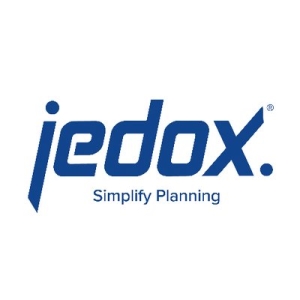We use the solution on the cloud, and Jedox hosts it. I'm the admin at my company, and we do corporate planning and management, including all the budgeting and forecasting. We also do a lot of reporting, such as monthly management reports, and we have a few HR dashboards for that. We also do a lot of actual reporting on leaves, headcounts, and standard HR reporting. We also do a lot of revenue reporting, and one of Jedox's key uses, apart from reporting, forecasting, budgeting, and planning, is we also use the solution for ETL jobs. We use Jedox as an integrator tool, so we use Jedox to get data from old systems into new systems.
The ease of reporting is one of Jedox's most valuable features. It's like an online spreadsheet, so it's easy for anybody to get used to making reports on it. Jedox helps you to perform dynamic reports, which are reports that expand and contract based on variables, one of the key features.
Working with dashboards is pretty intuitive, where you have a set of variables, and if they remain consistent across your different cubes, you can control the whole report. For example, you have information from the accounting, HR, and revenue systems in an executive dashboard. If you have your dimensions common across these different systems, or "cubes," you can ask for information, which can change for any year, time, month, or department you choose. You can make dynamic reports that can refresh and appear to provide seamless information to the end user, who just needs to change some variables to get the reports they want. However, at the back end, you have a complex system pulling information from different systems. That's one of the key features I found.
Suppose you want to have reports that expand. For example, if you have a list of employees, you might want to know how much was paid to each employee in a department. You can change the department, so if one department has 100 employees and the other has 20 employees, you'll want the report to expand and contract when you switch between departments. It's very easy to do that in Jedox. From the reporting point of view, this is a valuable feature. I found it intuitive with ETL jobs because Jedox graphs on the side, so you can see which jobs depend on which. You can visually follow jobs end to end without painstakingly figuring out which job depends on which one.
Jedox works well across different systems. You can integrate Salesforce, RBI, and standard databases to make API calls. It's easy to do all that out of the box without doing a lot of manual API integration.






